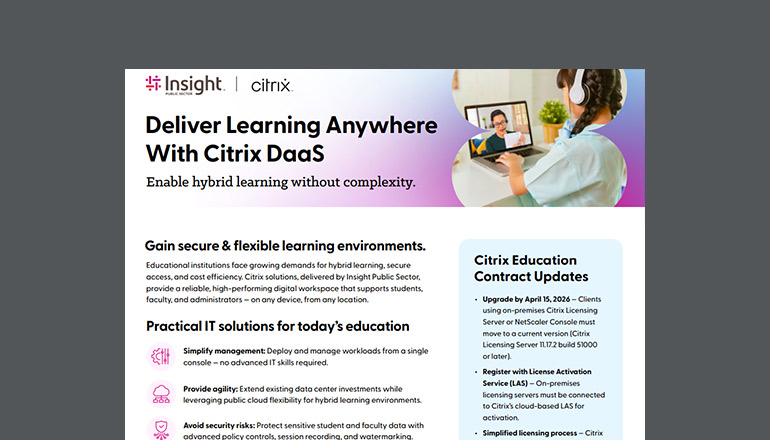Glossary What is a Cloud Journey?
By / 2 Jan 2023 / Topics: Managed services Cloud Hybrid cloud
A cloud journey is a process for migrating to or adopting cloud resources for use within your IT infrastructure. During a cloud journey, on-premises infrastructure resources — including data, applications and workloads — are migrated in part or whole to an external cloud provider through an internet connection.
The journey offers businesses numerous advantages, such as optimized performance, scalability, agility, resilience and cost savings. The entire framework of the IT department and business processes can change, which makes it critical to develop an organizational change management plan that trains employees on new processes and toolsets. You’ll also want to ensure your cloud resources are designed in a way to support specific business outcomes to help maximize your investment.
While embarking on a cloud journey, organizations may face certain challenges, such as the upfront cost of migration, the lack of a structured approach within the organization, or compatibility issues which can typically be resolved with the cloud provider's assistance. Organizations must take a strategic approach to ensure a successful cloud journey that will ultimately support innovative tools like artificial intelligence and edge computing.
Every cloud journey is different, but they will often follow a similar path that ensures an effective result:
- Step 1: Planning your adoption will involve picking the right platform, developing the overall architecture and understanding key milestones you’ll need to hit throughout the project to stay on track.
- Step 2: Design your cloud system and begin migrating your workloads and resources. Here, you’ll take a phased deployment of the solution to ensure each system functions properly.
- Step 3: Identifying your resources through asset tagging and categorizing will help ensure your workloads are aligned properly. This task will need to be complete as you migrate resources to the cloud. With the tagging system in place, teams will be able to support optimization efforts too with ease.
- Step 4: Optimization is a critical component of managing your cloud to help ensure your costs aren’t out of control. After your initial migration, you’ll be able to understand the full value of certain workloads and adjust resource usage to lower costs and improve efficiency.
- Step 5: Reporting tools will help you understand your costs as well as performance metrics. This ensures accountability around your cloud spend and usage. Additionally, the data will help you make future IT investments.
- Step 6: With the right systems in place, it’s time to manage your cloud resources. Having dedicated teams supervising your cloud helps drive differentiation and support innovative projects that use your new cloud resources.




